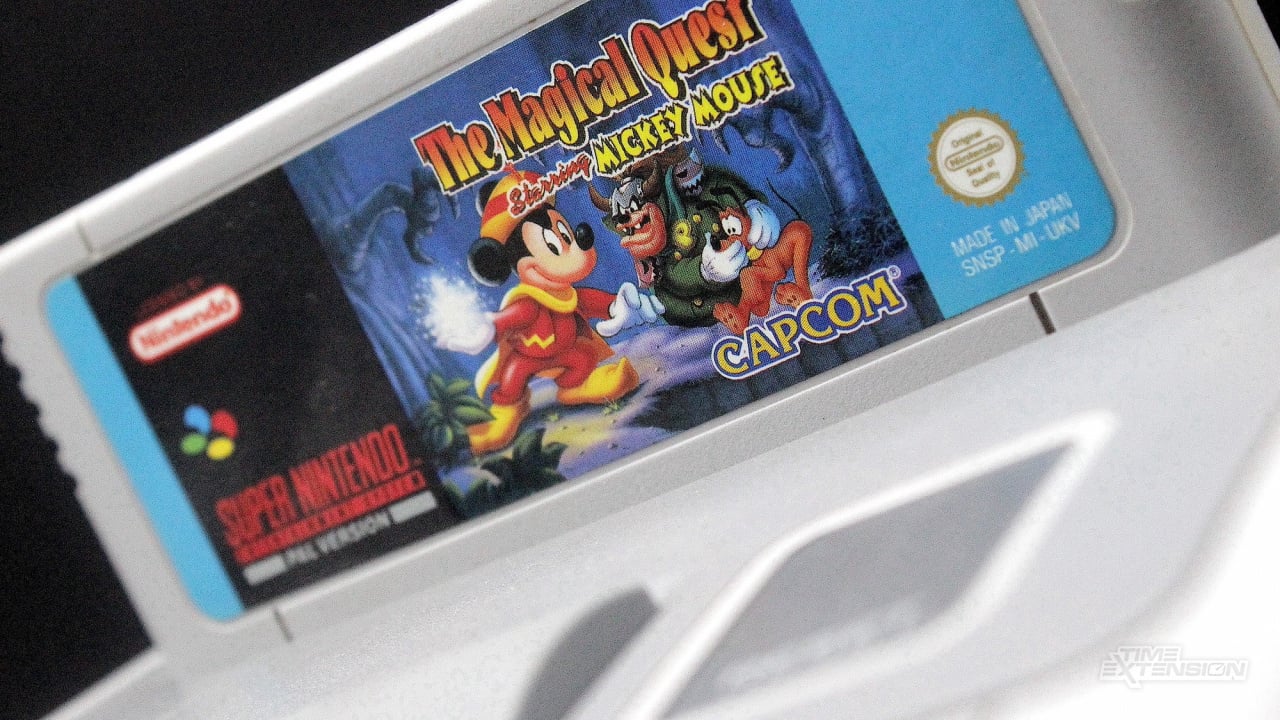The sound debuted in 1992 and appeared in over 30 SNES games.
If you grew up playing a lot of Capcom games in the early ’90s, you’re probably aware of the company’s iconic jingle. The memorable piece plays at the start of almost every Capcom game for the Super Nintendo/Super Famicom (as well as a few games for the NES, Mega Drive, Game Boy, and Game Boy Advance) and was the work of Yasuaki “Bun Bun” Fujita, a composer best known for his contributions to the soundtracks of Mega Man 3 and Breath of Fire.
It’s only short, clocking in at less than 5 seconds, but has arguably left a huge impression on a generation of 16-bit players, many of whom grew to associate it with quality titles like Disney’s Aladdin, The Magical Quest Starring Mickey Mouse, Street Fighter 2, and Mega Man X. So, we wanted to find out as much as possible as we could about it. To do this, we tracked down its elusive composer and also enlisted the help of various musicians to help dissect why — in spite of its length — it has become so iconic.
Read the full article on timeextension.com
The sound debuted in 1992 and appeared in over 30 SNES games.
If you grew up playing a lot of Capcom games in the early ’90s, you’re probably aware of the company’s iconic jingle. The memorable piece plays at the start of almost every Capcom game for the Super Nintendo/Super Famicom (as well as a few games for the NES, Mega Drive, Game Boy, and Game Boy Advance) and was the work of Yasuaki “Bun Bun” Fujita, a composer best known for his contributions to the soundtracks of Mega Man 3 and Breath of Fire.
It’s only short, clocking in at less than 5 seconds, but has arguably left a huge impression on a generation of 16-bit players, many of whom grew to associate it with quality titles like Disney’s Aladdin, The Magical Quest Starring Mickey Mouse, Street Fighter 2, and Mega Man X. So, we wanted to find out as much as possible as we could about it. To do this, we tracked down its elusive composer and also enlisted the help of various musicians to help dissect why — in spite of its length — it has become so iconic.
Read the full article on timeextension.com











